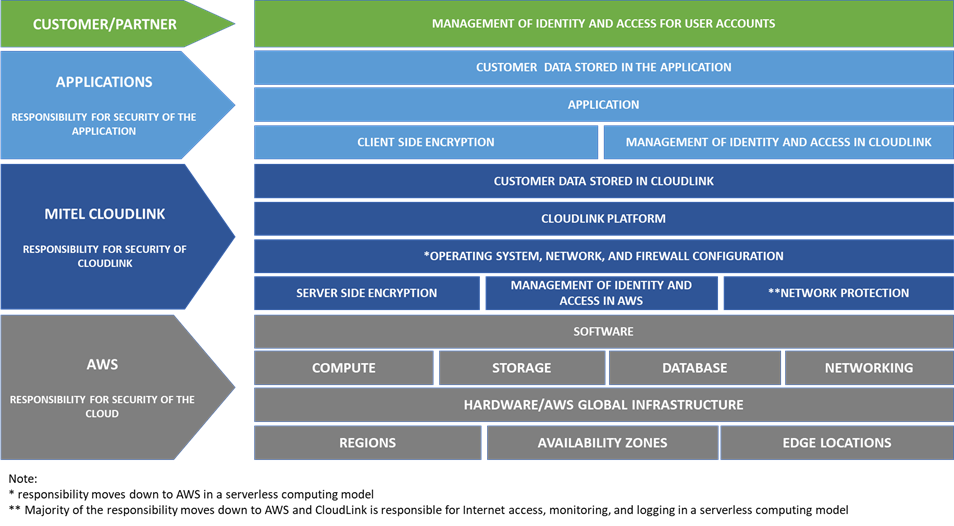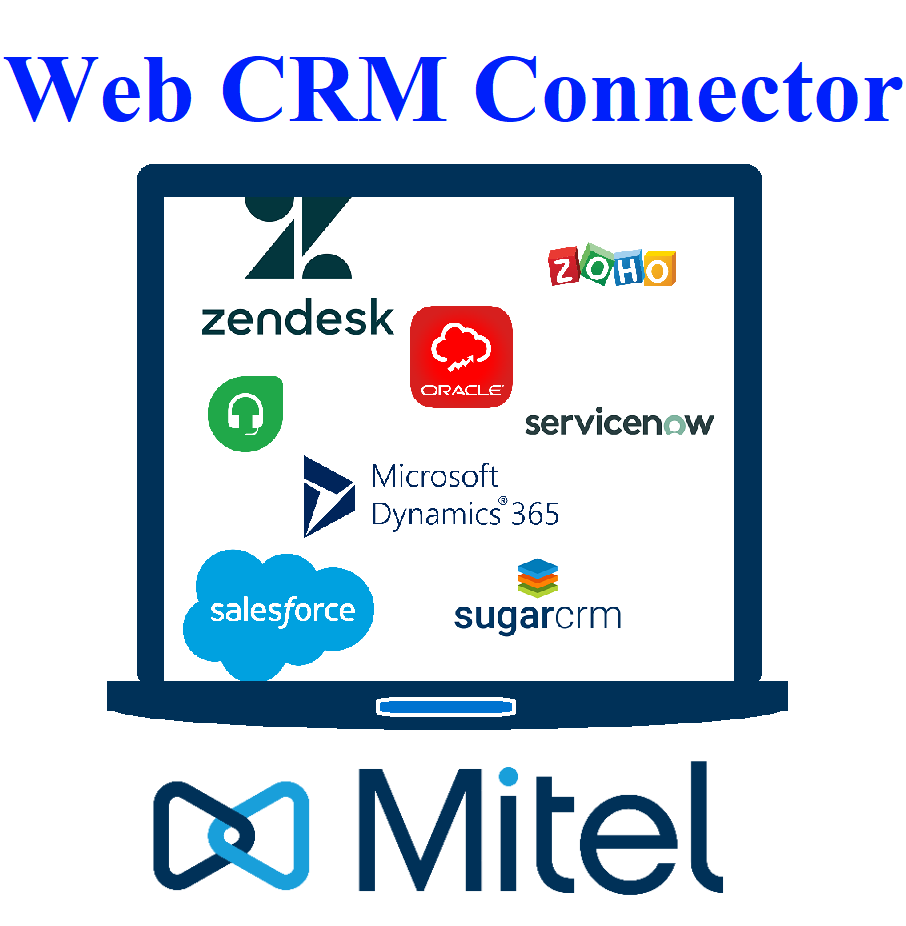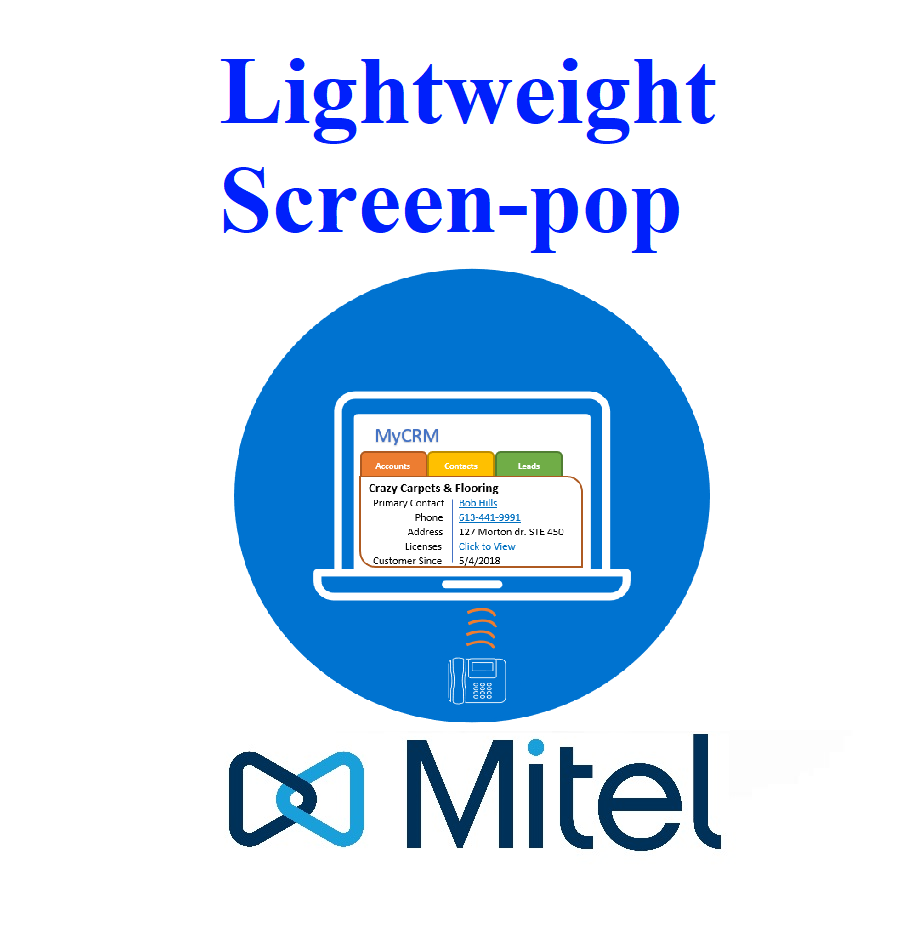Overview
Enterprise telephony and communication has transformed to digital collaboration and customer engagement that drives accelerated employee productivity. Deployment models are shifting from an onsite model where customers own servers to cloud models that are consumed as a monthly operational expense, and every customer is using cloud communications to some degree. As we move into the future, businesses are looking for ways to integrate communications into applications and business workflows that will drive the next step function of productivity for their organizations.
In this landscape of tremendous change, Mitel has developed and positioned itself to effectively meet the market with a cloud approach to deliver the next generation of communications applications. CloudLink is a global framework designed to extend our communications portfolio and allow for new and improved ways to collaborate. It also allows Mitel to design and accelerate the introduction of applications. Customers will leverage CloudLink to either bridge their Mitel onsite deployments to the cloud or adopt a purely cloud-based service for the latest applications and integrations. Finally, CloudLink provides Mitel with the potential to organically grow a vibrant communications developer community starting with channel partners and customers developing applications for Mitel’s existing flagship solutions and then extending this to technology partners that want to design and build their own productivity and collaboration applications for various market verticals.
CloudLink is a modern, scalable, resilient platform that allows a customer to evolve their communications and applications deployments at their own pace. CloudLink provides a rich suite of application-enabling services including Identity and Access Management (IAM), user management, chat, presence, notifications, and media/telephony services to name a few. Some key characteristics are:
CloudLink is deployed globally using Amazon Web Services (AWS) which enables enterprise-level uptime and stability, multi-layered security, and data protection
The platform team follows a dev-ops model, characterized by continuous integration & continuous development (CICD) for time to market
The platform primarily uses a serverless architecture framework, allowing Mitel to deliver applications at high scale with high reliability
Allows Mitel and its partners to develop core functionality once to integrate with applications on multiple communications platforms (both cloud and onsite), thus improving the customer’s experience across Mitel products
CloudLink platform security is based on a layered security model in which security roles lie with:
the underlying infrastructure provider (i.e.., AWS)
the CloudLink platform and its suite of services
the applications which leverage CloudLink platform services
and the customer
The figure below shows the separation of roles and responsibilities.

The CloudLink platform adheres to the best practice recommendations from AWS, in terms of configuration and deployment of the services, which include the categories of networking, monitoring, logging, and alerting to ensure state of the art protection. This includes enabling encryption at rest and enforcing encryption when transmitting data between the customer and the CloudLink platform (i.e. data in transit). A principle of “least privilege” access is also enforced in the platform’s serverless deployments to ensure Mitel employee access is limited based on their role and permissions.
The CloudLink platform provides services to Mitel and partner/customer-built applications, which enables the applications to provide a rich set of communications and collaboration features to the customer. Per the shared security model, while it is the responsibility of the CloudLink platform to protect customer data stored in the platform, Mitel and partner/customer-built applications are responsible for protecting customer data stored in the application, and the end-customer is responsible for management of their user access and user accounts. Finally, the CloudLink platform implements policy-based rate limits to protect the platform from any of the applications abusing platform resources and adversely affecting other applications that are using CloudLink.
This advanced architecture and security implementation gives businesses the confidence to build applications using CloudLink. It provides a foundation for future collaboration capabilities that drive specific business efficiency, workflows, and company value across their business locations no matter where they are located. CloudLink and CloudLink applications serve to integrate communications into enterprise applications and workflows to drive the next step function of productivity.
CloudLink APIs
Conversations API - Allows for the creation, management of, and integration with one-on-one and group chat conversations.
Media API - Used to manage voice calls on cloud PBX's, and on-premise PBX's through a CloudLink Gateway.
Admin API - Allows for management of users, clients, groups, accounts, and services in CloudLink.
Notification API - Utilizes a "Pub/Sub" model that allows you to subscribe to notifications for specific events, or publish your own. Can also push notifications to mobile devices.
Presence API - Used to manage and determine presence of users and devices.
Authentication API - Oauth 2.0 based authentication service used to obtain access tokens for CloudLink API calls.
What is an API?
An API (Application Programming Interface) is a published contract that allows a consumer to interact with a software component or service. It is commonly used to create integrations between different applications. While there are many different types of APIs, they are all typically used to access specific functionality or data within a software platform directly without necessarily using that software’s user interface.
Why would I use an API?
APIs are commonly used to create a connection between two different applications to either use functionality in one application from the other, or to share data. Making use of an API can vastly increase the capability and value of your existing business systems with minimal investment.
For example, let's say that your organization uses Salesforce.com to store and manage information about your customers. You also use separate software to invoice your customers for products and services. You could use the billing system's API to access financial information and then use the Salesforce API to store that information in Salesforce. This would ensure your front-line staff have access to that data all in one place.
As a second example, let's say that you're building a mobile game and want to let your users post high scores to Facebook. You could make use of the Facebook API to make Facebook posts from within your game, without ever having to actually use the Facebook app or website.
What can I do with Mitel’s API?
The Mitel CloudLink API allows you to access a wide variety of functions that allow you to do things like:
Provide custom routing of interactions within your organization (Voice, Chat)
Send chat messages upon an event occurring within your business (IOT Notifications)
Provide a screen pop when an agent answers the phone.
Integrate Mitel UC functionality into other applications



